Durham, North Carolina
Durham is located in North Carolina. Durham holds the county seat for the Durham County. Part of this county is also in neighboring Wake County too. Durham is the fifth largest city in the area. According to the 2010 census, Durham has approximately 228,330 people living in the area. Durham is the home of Duke University as well as the North Carolina Central University too. They are also part of the important Research Triangle Park as well.
Durham has an area of 94.9 square miles, of which 94.6 square miles is land and 03 square miles is water. They sit at an elevation of 404 feet.
Table of Contents
- 1. City History
- 2. Living in City
- 3. Job Opportunities
- 4. Real Estate Market in the City
- 5. Restaurants & Food
- 6. Tours and Attractions
- 7. Sightseeing Around The City
- 8. Shopping & Fashion
- 9. Hotel & Hospitality
- 10. Education
- 11. Transportation
- 12. Volunteer Groups
- 13. News in the City
- 14. Nearby Cities And Towns
History
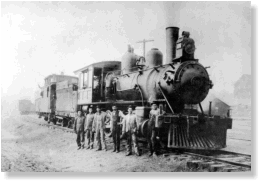
Durham was originally occupied by the Eno and Occaneechi people. They lived in this area and farmed the land here. They had a village possibly in Adshusheer. Durham was one of the The Great Indian Trading Paths in the country. They made settlements in the area and there was transportaiotn that took place through these areas. By 1701 John Lawson had arived in Durham and chronicled the area. He called it the flower of the Carolinas. By the later 1700s there were English, Irish and Scottish people that had come to the area. They settled on land that John Carteret, King Charles I and the Earl of Granville had granted. The early people that arrived in Durham built West Point and farmed the land in the area as well. There were large plantations in the area. By 1960 the Stagville Plantation was created and it was the largest in the area. Many slaves were brought to this plantation at the time. Much of the Southern culture came from this period of these plantations, they helped to created the life rituals, music, dances, crafts and relations that are seen today. However, Durham also had free African Americans too in the area and many fought in the Revolutionary War as well. The first post office was created in 1827 and by 1849 the Bartlett S. Durham railroad was created as well. This made travel and shipping much easier at the time. However, by 1865 the Federal Army had taken over the state capital that was in Raleigh. This was led by William T. Sherman the commander during the American Civil War. After the American Civil War, Durham continued to grow. They saw growth happening quickly at this time, mainly because of the tobacco industry that was there. Orders were coming in regularly to the John Ruffin Green Tobacco Company. Later, W.T. Blackwell became partners with Green and they created the Bull Durham Tobacco Factory
Over time Durham continued to grow and the population continued to increase as well. In 1869 Durham became incoporated. Durham was named after Dr. Durham. By 1881 Durham became a county and was Durham County. This combined together the east part of Orange County and the west part of Wake County. Then in 1911 the Cedar Folk Township that was originally in Wake County was moved to Durham County and became part of the Carr Township there. As the Bull Durham Company continued grow, there was even more growth in Durham as well. The owners had created a monopoly on the tobacco industry by 1900. However, in 1910 the United States government had split the company up under the new antitrust laws that were in the United States. The original owners owned the American Tobacco Company still though. They were populat all through the 30s, 40s, 50s and 60s too. Since the original owners, the Dukes, could no longer invest further in teh tobacco industry, they began moving towards power generation instead. They created Duke Power, now known as Duke Energy. This was in 1910 to 1920 and covered many cities and areas all throughout North Carolina. This business made even more money than the tobacco industry ever did.
By 1910 the North Carolina Central University was created by Dr. James E. Shepard and in 1924 Duke UNiversity was created by James Buchanan Duke. However, by the 1930s, the Duke empire had begun to wane. The textile mills were closing and there was now competition with other tobacco companies too. By 1957 there was the Civil Rights movement that was taking place and Durham was one of the first sites for the movement. Durham saw the creation of the Durham Freeway in the late 1960s, however there were many historic areas that were lost when the freeway was constructed. There were many neighborhoods and areas that were demolished to make way for the freeway system. They lost a large base of their historic areas with this creation.
However, by the 60s and 70s Furham was seeing an increase in growth again. There were more residential developments being built, especially in the south part of the city. These were near Reasrch Triangle Park and this began a revitalization in the area. By 1975 there was the Hayti Heritage Center was built and the St. Joseph's Historical Foundation as well were brought together to preserve the heritage in the area of the Hayti people and community. Then in 1994 the baseball stadium was built to house the Durham Bulls. There is also the Durham Performance Arts Center as well that calls Durham home too. As the tobacco industry continued to decline and move from Durham, the old buildings nad factories were turned into condos, lofts, resturant space, business space and offices too. This completely changed the look adn feel of the down town area.
Baseball stadium was constructed for the Durham Bulls in 1994. The Durham Performing Arts Center now ranks in the top ten in theater ticket sales in the US according to Pollstar magazine. There have been many famous people who performed there including Cheech and Chong and Willie Nelson. After the departure of the tobacco industry, large-scale renovations of the historic factories into offices, condominiums, and restaurants reshaped downtown.[13]
Major employers in Durham are Duke University (39,000 employees, 13,000 students), about 2 miles (3.2 km) west of the original downtown area, and companies in the Research Triangle Park (49,000 employees), about 10 miles (16 km) southeast. These centers are connected by the Durham Freeway (NC 147).
Living In Durham, North Carolina
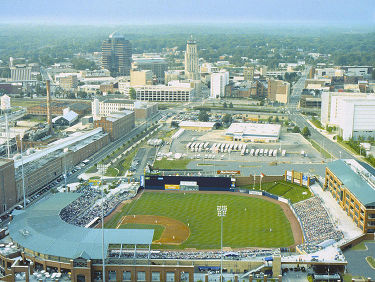
Durham is located in teh area of Piedmont. It has a humid subtropical climate there. The summers are warm adn humid and the winters are cold. In the spring and fall there is mild weather. However, there is a lot rain and thunderstorms that do occur there. There are many different races that live in teh area. Whites and African Americans make up the greatest amount of the population. However, there are also Asians, Native Americans, Hawaiians, Pacific Islanders, Hispanics, Latinos and other races as well.
Job Opportunities
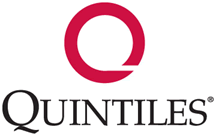
There are many job opportunities in Durham, North Carolina. There are many employers that hire many people in and around the Durham area. Some of the main and top employers in the area include:
- Quintiles Transnational Corporation that employes over 1,500 people.
- North Carolina Central University that employes over 1,435 people.
- Bryant-Durham Electric Company Inc. that employes 400 people.
- UNC-TV that employes 400 people.
- Duke University & Health System that employes 33,750 people.
- International Business Machines that employes 10,000 people.
- Durham Public Schools that employes 5,489 people.
- GlaxoSmithKline that employes 4,500 people.
- Blue Cross & Blue Shield of North Carolina that employes 2,437 people.
- Durham City Government that employes 2,336 people.
- Research Triangle Institute that employes 2,200 people.
- Veterans Affairs (VA) Medical Center that employes 2,162 people.
- Fidelity Investments that employes 1,800 people.
- Durham County Government that employes 1,700 people.
- Cree, Inc. that employes 2,000 people.
- Syngenta that employes 400 people.
- EMC Corp. that employes 400 people.
- Frontier Communications
- National Institute of Environmental Health Sciences
- U.S. Environmental Protection Agency that employes 1,400 people.
- AW North Carolina, Inc. that employes 950 people.
- bioMerieux, Inc. that employes 900 people.
- Measurement Incorporated that employes 880 people.
- Bayer CropScience that employes 475 people.
- Burt's Bees, Inc. that employes 450 people.
- Merck & Co., Inc. that employes 450 people.
- BD Biosciences that employes 425 people.
- PhyAmerica that employes 800 people.
- Durham Technical Community College that employes 791 people.
- BASF Corporation Agricultural Products Group that employes 650 people.
- AT&T Solutions that employes 600 people.
- Talecris Biotherapeutics, Inc. that employes 600 people.
- Teleflex Medical that employes 600 people.
- SunTrust Banks, Inc. that employes 550 people.
- PBM Graphics that employes 500 people.
- AICPA that employes 500 people.
- Genband that employes 500 people.
The Real Estate Market

Durham has a median home price of $144,250. There are approximately 3,091 new and resale home availabel, while there is 169 homes available approximately that are some form of pre-foreclosure currently. Some of the most popular areas in Durham, including the neighborhoods and developments include:
Copper Mill with an average home price of $233,133.
Lyon Park with an average home price of $59,900.
Watt's Hospital Hillandale with an average home price of $240,703.
Northeast with an average home price of $137,446.
Merrick Moore with an average home price of $95,550.
Treyburn with an average home price of $489,502.
Greenway at American Village with an average home price of $325,000.
Stanley Road with an average home price of $116,429.
Parkwood with an average home price of $144,880.
Forest Hills with an average home price of $321,461.
Restaurants and Food
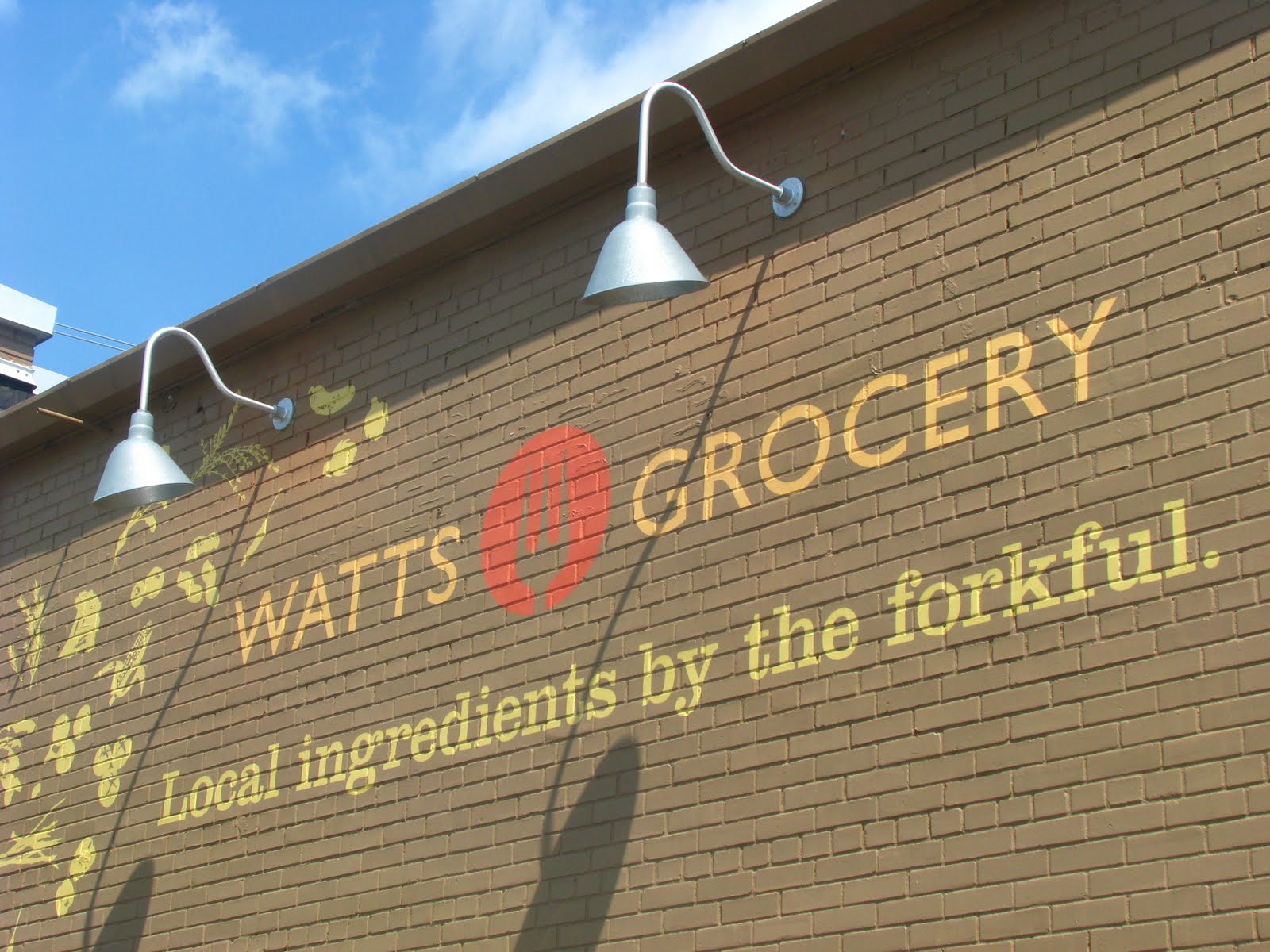
Durham also has many foods and resturants to enjoy There are restaurants, cafes, grills and more in and around the area. Some of the most popular restuarants include:
- Watts Grocery
1116 Broad Street
Durham, NC
919-416-5040
www.wattsgrocery.com
- Parizade
2200 West Main Street
#B100
Durham, NC
919-286-9712
www.parizada-ghg.com
- Piedmont
401 Forest Street
Durham, NC
919-683-1213
www.piedmontrestaurant.com
- Pop's At Durham
605 West Main Street
Durham, NC
919-956-7677
www.pops-durham.com
- Revolution
107 West Main Street
Durham, NC
919-956-9999
www.revolutionrestaurant.com
- Nana's Restaurant
2514 University Drive
#104
Durham, NC
919-493-8545
www.nanasdurham.com
- Magnolia Grill
1002 9th Street
Durham, NC
919-286-3609
www.magnoliagrill.com
Tours and Attractions

Durham has many attractions that take place in teh area. Tey have jazz festivals and blues festivals, as well as concerts, art exhibits and other cultural areas too. They are home to the American Dance Festival, as well as the Full Frame Documentary Film Festival too. These take place every year. There is also the Carolina Theater that handles performances and films too. Also, some popular areas of city and the streets that have much to do include Brightleaf, University Drive and Ninth Street too. There are many restuants in the area, as well as shopping and boutiques, galleries and exhibits too. There is also the American Tobacco District and the Nasher Museum of Art in the down town area. Durham also has the Durham Association of Downtown Arts that handles and organizes local art in the area.
Sight Seeing
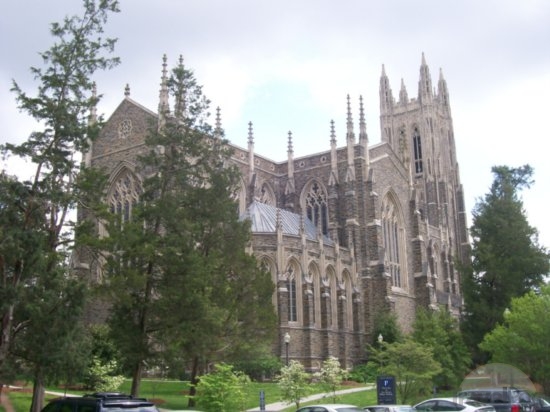
There are many site seeing opportunities in Durham. They have the Duke Chapel that is located on Chapel Drive, as well as Duke University too. The chapel was created in 1930 and is an exact replica of the Canterbury Cathedral in England. Duke Univgeristy is known for their stain glass windows that have an array of Christian images in them. There is also the Sarah P. Duke Gardens too. There are many gardens and parks in this area, as well as cafes and jogging places as well.
Shopping and Fashion
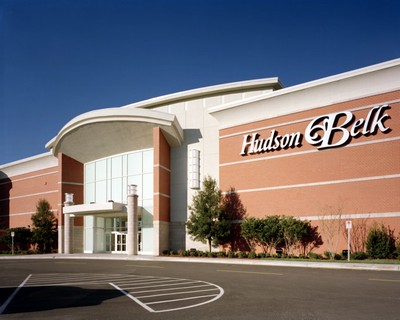
Durham offers a variety of shopping malls, shops, boutiques, markets and more in the area. There is an assortment of goods and services in teh area that are available. The shopping areas are spread throughout the city and the surronding area as well. Some of the most popular shopping areas include:
- The Streets At Southpoint
6910 Fayetteville Road
Durham,NC 27713
919-572-8808
- James Kennedy Antiques Limited
905 W Main Street
Durham,NC 27701
919-682-1040
- Wellspring Cafe at Whole Foods Market
621 Broad Street
Durham, NC 27705
919-286-2290
- Brightleaf Square
905 West Main Street
Durham, NC 27701
919-683-5600
- Chandlers
600 Foster Street
Durham, NC 27701-2109
919-682-7673
- J & R Pawn Shop Incorporated
918 N Miami Boulevard
Durham, NC 27703-2228
919-688-4361
- Peek-a-Do!
7011 Fayetteville Road
#106
Durham, NC 27713
919-544-5775
- Ninth Street Flowers
Ninth Street
Durham, NC
919-286-5640
- Northgate Mall
1058 West Club Boulevard
Durham,NC 27605
919-286-9301
- ZA ZA Zsu LLC
1918 Perry Street
Durham,NC 27705
919-286-9292
- Nordstrom
6910 Fayetteville Road
Durham, NC 27713
919-806-3700
Hotels and Hospitality

Durham offers a variety of hotel accomodations in and around the city to enjoy. There are many different accomodations and styles availabel. They have a wide variety to choose from that are in teh down town area, as well as in the surronding areas too. Some of the most popular hotels in Durham incloude:
- Holiday In Express Hotel and Suites Durham
4912 South Miami Boulevard
Durham, NC
919-474-9800
www.hiexpress.com
- EconoLodge In Research Triangle Park
4433 NC 55 Highway
Durham, NC
919-544-4579
www.econolodge.com
- Extended Stay America Durham
3105 Tower Boulevard
Durham, NC
919-489-8444
www.extendedstayamerica.com
- Homestead Studio Suites Durham in Research Triangle Park
4515 NC 55 Highway
Durham, NC
919-544-9991
www.homesteadhotels.com
- Americas Best Value Inn Durham, NC
2517 Guess Road
Durham, NC
919-286-0771
www.americasbestvalueinn.com
- Four Points by Sheraton Durham at Southpoint
7807 Leonardo Drive
Durham, NC
919-806-8200
www.fourpoints.com
- Extended Stay Deluxe Durham in Research Triangle Park
4919 South Miami Boulevard
Durham, NC
919-998-0400
www.extendedstaydeluxe.co
The Education System
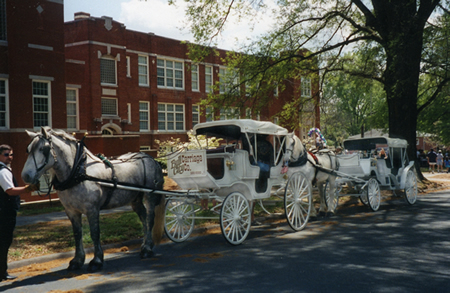
Durham has the Durham Public School System in the city. It is a large school district in North Carolina and falls eightth in size compared to the others there. There are 46 public schools that is handles in teh city. Of these 46 there are 28 that are elementary schools, there are 8 middle schools and 7 high schools available. However, some of the high schools are subject specific in the area as well, such as the Durham School of Arts or the City of Medicine Acadamey that is availabel. There is also the Univeristy of Carolina that handles and manages the North Carolina School for Science and Mathematics that is a high school located in Durham as well. This school is specific to medicine, math, technoloy and science. Durham also offers private schools as well in the city. There is th Durham Academy for instance as well as religiousely based private schools too.
When it comes to higher education in Durham, there are colleges and universities to attend as well. They have Duke University that is in the eastern part of the city. It connects to the down town area as well. It is also part of the Research Triangle Park area as well. There is also University of North Carolina at Chapel Hill and North Carolina State University too in the area. These are also part of the Research Triangle Park. Durham also has North Carolina Central University that has been in the past a mainly African American school. Along with these there is also Durham Technical Community College as well.
Transportation

Durham is mainly comprised of personal vehicles that take the public streets and the highways to get around. There is the NC-147 that covers the down town area, the Duke UNiversity and the Research Triangle Park as well. There is also US-15-501 that covers Chapel Hill and Durham, as well as the I-85 that goes from Virginia to Durham and the western part of North Carolina too. There are also many bicycle route in Durham as well. These are both route and trails the people in the city use. There is the American Tobacco Trail that goes down town, as well as going to the Research Triangle Park too, it also makes its way to Wake County also.
Along with these there is also the Triangle Transit available in Durham. There are commuter buses available that go from Durham to Raleigh and other parts of Durham too, such as Chapel Hill and Cary. It also makes its way to the Raleigh Durham International Airport and Reseach Triangle Park as well. Plus, it does cover some of the other suburbs in Durham too. There is a ride share program and a van pool program in Durham also. It goes from the north east part of Raleigh then through the down town portion of Raleigh, onto Cary and Research Triangle Park, before ending up in Durham. Durham also have the Raleigh Durham Internation AIport as well in the area. They handle over 4.5 million people travelling eveyr year.
Volunteer Groups

Durham offers an array of volunteer groups and volunteer organizations to be involved with. These are spread througout the Durham area and they have a range of different services and areas that they participate in. Some of the most popular volunteer groups include:
- Community Home Care and Hospice
Durham, NC
Their main areas of interest are health, medicine, religion, seniors and women.
- Caring House
Durham, NC
Their main areas of interest are health, medicine, the homeless and housing.
- Triangle 100 Black Women
Durham, NC
Their main areas of interest are advocacy, human rights, children, youth, race, ethnicity and women.
- Eno River Media Production
Durham, NC
Their main areas of interest are the arts, culture, computers, technology, media and broadcasting.
- Central North Carolina Chapter of the American Red Cross
Durham, NC
Their main areas of interest are the community, crisis support, emergencies, safety, health, medicine and international.
- Durham Congregations In Action-YO
Durham, NC
Their main areas of interest are children and youth.
News and Information

Durham has a few different news paper in the area. Their largest is The Herald Sun. This is one of the oldest and began in 1893. There is also the Independent Weekly as well. They also have one of the largest broadcast areas in the United States as well. There are eight different TV stations in the city, such as WTVD-TV that comes out of the down town area. Their radio area is large as well. They have WUNC that comes from Chapel Hill that is in Durham also.
Nearby Places
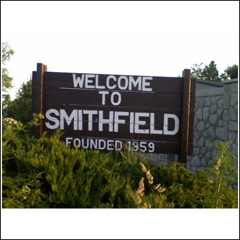
Durham, North Carolina has many cities that are within 46 miles of the city. They can easily be accessed by car or plane. The cities near Durham include:
- Smithfield, NC
- Fuguay Varina, NC
- Raleigh, NC
- Chapel Hill, NC
- Apex, NC
- Cary, NC
- Carrboro, NC
- Burlington, NC
- Clayton, NC
- Sanford, NC
- Henderson, NC
- Graham, NC
- Wake Forest, NC
- Garner, NC
- Holly Springs, NC
 Versión en Español
Versión en Español
